5 Tips to Improve Your Water Polo Playing
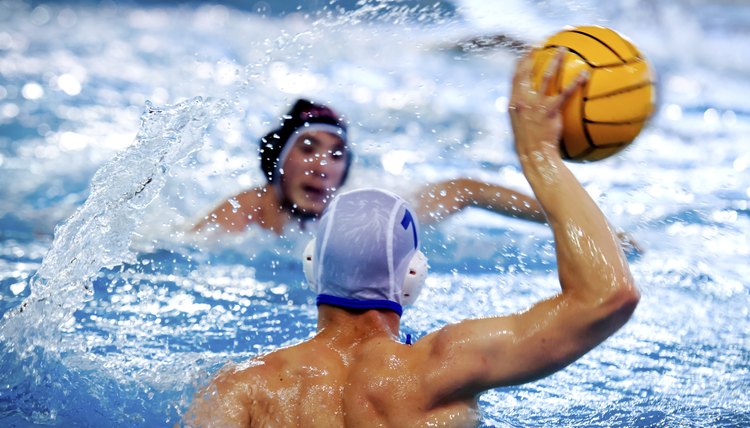
Water polo works every major muscle in your body. From kicking your legs to stay upright to surging through the water using your upper body strength, water polo puts demands on your physical fitness. By following a few basic tips to improve your water polo technique, you'll expend less energy and will become a more effective player.
Treading Water
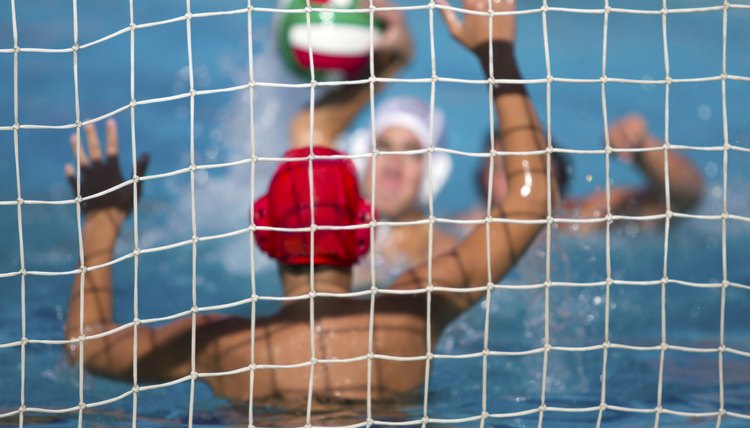
Pinosub/iStock/Getty Images
A lot of your time as a water polo player will include treading water while waiting for the ball. The ideal position involves keeping your shoulders and head straight and above the water's surface. The best way to stay upright and ready is to keep your legs moving alternately backward and forward in a so-called "egg-beater" motion, according to Tracie Egan, author of "Water Polo: Rules, Tips, Strategy, and Safety." Use your arms to stay steady, but always be ready to thrust them upward to catch a ball or power them forward to swim into another space.
Dry and Wet Passing
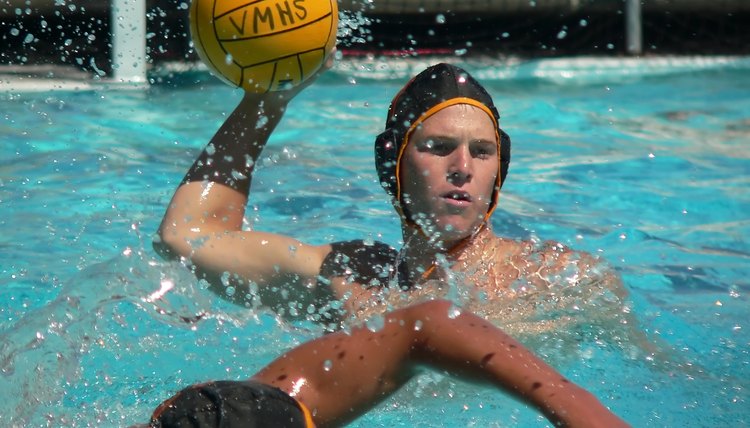
Pinosub/iStock/Getty Images
Water polo passing comes in two main types: dry and wet. A dry pass involves throwing the ball straight to a teammate's hand without it touching the water. Aim a few inches higher than your teammate's head and on the side of her strongest arm, according to training tips from the Hutt water polo team. With a wet pass, aim the ball a few feet ahead of a swimming teammate so that she can power onto the ball and escape her opponent.
Swimming with the Ball
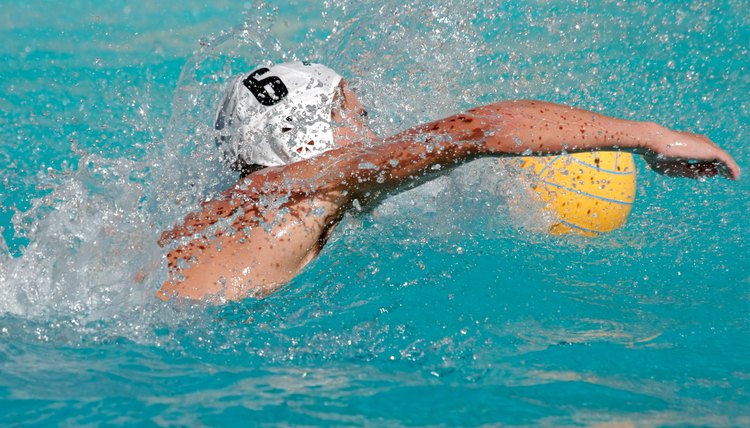
Pinosub/iStock/Getty Images
When swimming with the ball in water polo, you need to stay aware of your opponents' and teammates' positions. That means that classic swimming strokes where your head dips underwater generally don't work. Instead, keep your head out of the water, and push the ball forward with your shoulders. Cup your fingers to help force your body through the water.
Throwing
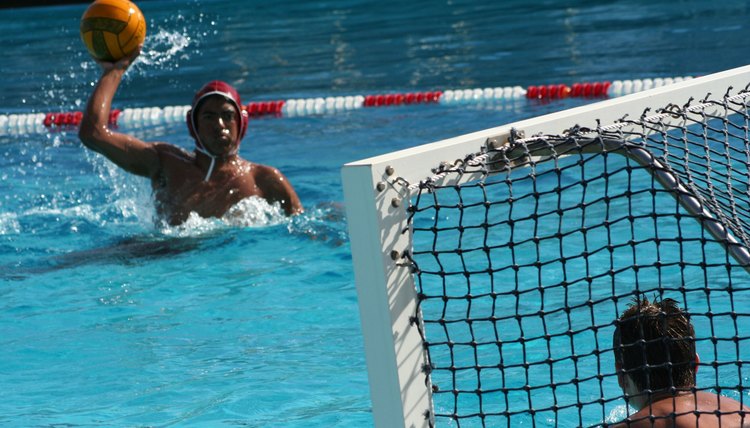
Pinosub/iStock/Getty Images
A key tip for scoring and throwing in water polo is to hold the ball steady but without upper body tension. Keep your body positioned toward your intended target. Your arm should whip forward in a baseball-style motion, making sure you follow through for maximum power and accuracy. Let your wrist add an extra flick to direct your pass or ease your shot toward the top corner of the goal.
Catching
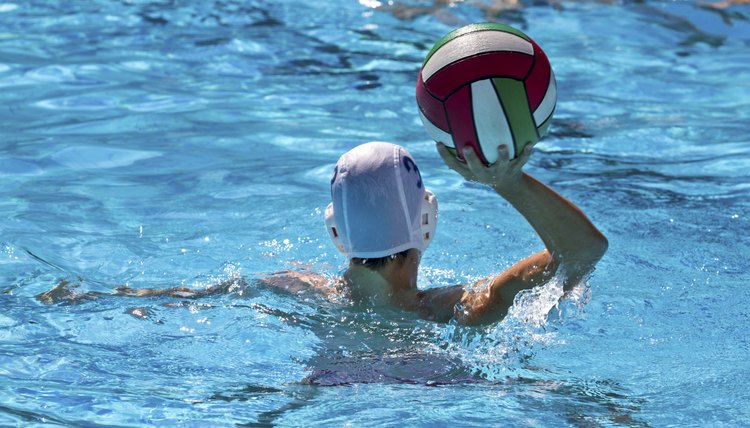
Pinosub/iStock/Getty Images
Catching a ball while treading water is a little harder than it looks. Instead of trying to catch with both hands, use one hand to keep yourself steady in the water. Lift your other hand above and to the side of your head. Give your teammate a target to aim for. As the ball reaches your hand, pull your arm back as if cushioning the pass. This prevents the ball from simply bouncing off your palm. Pull it down to the water next to your body to keep it safe from interception.
References
Writer Bio
Based near London, U.K., Peter Mitchell has been a journalist and copywriter for over eight years. Credits include stories for "The Guardian" and the BBC. Mitchell is an experienced player and coach for basketball and soccer teams, and has written articles on nutrition, health and fitness. He has a First Class Bachelor of Arts (Hons.) from Bristol University.
